Common & Accessible
Chickadees, Blue Jays, mockingbirds, bluegill.
I spend much time watching common birds. Black-capped Chickadee, Tufted Titmouse, Northern Cardinal, White-breasted Nuthatch, Song Sparrow, American Robin, Downy Woodpecker. In the colder months, Dark-eyed Junco, a.k.a. snowbirds, and the adorable Bufflehead. I hate to call a duck “cute,” but come on. It’s more or less guaranteed I’ll see these species.
It happened first with chickadees. I’d see one and think, just a chickadee. Other species were also met with just. Nuthatch, Mallard, Gray Catbird, Canada Goose, Red-tailed Hawk, Bufflehead, Tufted Titmouse, Song Sparrow, Common Eider, Herring Gull, Carolina Wren, Northern Cardinal, Northern Mockingbird, Blue Jay, too many.
I once sent a photo of a Northern Mockingbird to a friend. She replied: “What’s this? It’s exquisite.” I responded, “Just a mockingbird.” Before she could answer, I corrected myself: “Remove ‘just’—I do not mean to deride common birds!”
I love things which are common and accessible. It’s special when something is neither, an unexpected rarity or a beautiful place that isn’t easy to get to, but it’s also special when something is expected, comforting in its familiarity. When I wrote about ducks, I titled it Accessible Intricacy. Accessible: If you want to see a duck, you can probably find one. Intricate: You can spend a long time learning their intricacies.
Accessible Intricacy
The best ways to spend your time don’t necessarily have the highest barriers to entry. They just demand effort and learning.
Greater vs. Lesser Scaup, American Black Duck vs. female Mallard, Blue-winged vs. Cinnamon Teal. Why do Bufflehead nest in the cavities of Northern Flicker?
Why’s it called a Ring-necked Duck? The bill clearly has a ring, but the neck? (There is a barely-noticeable ring.) Lots of intricacies, I’ll stop myself before we end up with 9,000 words on ducks. Point is all these intricacies are accessible.
Ducks aren’t there for you, but they’re there for you. Accessible rabbit holes. Oh just those expected Mallards bobbing around again—but did you know they can fly 55 miles per hour and males don’t quack?
Common and accessible beauty is something I spend a lot of time thinking about. The thought first gained prominence in my mind fly fishing for bluegill years ago. Bluegill are beautiful, they are also common—unremarkable to most. People ogle over the bellies of brook trout, but a bluegill’s belly can be just as bright.
Mixed in with bluegill are pumpkinseed, even prettier. The two often hybridize. Holding either, I feel the modest weight of something abundant but precious.
In spite of this, I can sense frustration when people I fish with want to go for trout while I insist on catching bluegill, seeing how many fly patterns I can convince them to eat.
Bluegill aren’t as bright as their bellies. Easy to fool.
wrote of brook trout, they “rarely [strike] anything twice.” The opposite is true of bluegill, and they’ll strike pretty much anything.Over their spawning beds, bluegill hit flies out of defensiveness rather than hunger. Do not fish for trout on redds, but people facilitate bluegill beds in ponds to provide food for bass. “Colonies of bowl-shaped, bluegill spawning beds that develop along your shoreline from spring to fall are baitfish factories.”
Trout are seen as sacred, bluegill are not. To many, they’re a means to large bass; bluegill beds in your pond provide food for fish you actually want to catch. To me, bluegill are a welcome angling opportunity: modest, reliable, not difficult to catch.
Bluegill over beds are easy to incite. If I catch a bluegill I might catch 20. At one spot, during the right time of year, I’ll catch them on pretty much every cast. They’ll strike whatever—whether or not it fits in their mouths.
All of this is to say it is quite easy, stripping in a bluegill, to think: Just a bluegill. Catching one isn’t a feat. When I teach people to fly fish at a bluegill hole, it doesn’t take long for: Different spot? It is the accessibility of bluegill, their willingness to engage, which secures their rank among my favorite fish. They’re a good fish to get people started with.
It’s easy to see common birds or catch common fish and think: Boring, I’ve done this before. What does commonness provide but opportunity to know something well? Nobody travels far to see a nuthatch; nobody goes anywhere special for bluegill. You don’t have to.
There is also calmness in observing a common bird or catching a common fish, knowing it isn’t once-in-a-lifetime. My mind isn’t frantic when I watch a Red-tailed Hawk; I know I’ll see one again, maybe that day. When I saw Red-cockaded Woodpeckers I didn’t know if or when I will ever see one again.
A bird being common permits me to observe with a clear head. I’ve had the pleasure of becoming familiar with Osprey because I know where their nests are and can easily find them. I take my time, watch, can watch the same birds again the next day—develop what feels like a relationship.
Watching a rarer species, my mind might be overwhelmed with a repeating chorus of holy shit, get a picture, holy shit, better picture, holy shit. It might inhibit me fully appreciating what I’m seeing.
Rarity also introduces the pressure of documentation—get a picture, get a better picture. Immortalizing a moment is often an impediment to observation. One becomes more caught up with ensuring future reproduction of the moment than experiencing it.
With common birds you can focus less on the bird and more on how it interacts, intentionally or unintentionally, with its surroundings. Ripples or reflections, the way it lightly lands upon a branch or turns over a stone on the beach.
It is good, occasionally, to swap the camera for binoculars or nothing at all. Some moments we ought to keep for ourselves. This isn’t to say I don’t photograph nuthatches and geese, or don’t have footage of chickadees. I have plenty, but more moments.
Edwin Way Teale and John Burroughs, in this passage from A Naturalist Buys an Old Farm, capture this:
Living as we do among the birds, making our “field trips” by stepping outside the door, here at Trail Wood we feel a closer relationship with them. “The birds of the naturalist,” John Burroughs wrote in his first book, “can never interest us like the thrush the farm-boy heard singing in the cedars at twilight as he drove the cows to pasture or like the swallow that flew gleefully in the air above him as he picked the stones from the early May meadows.” Something of this dawn freshness, this nearer companionship, is one of the finest features of having the birds of this old farm part of our daily lives.
Common species take root, “the thrush the farm-boy heard singing in the cedars.” They give rise to our interest in other species. If we cannot love, know, or care about the common, how can we love or care about creatures we’ll never know or see?
Winter and the Nuthatch
Mary OliverOnce or twice and maybe again, who knows, the timid nuthatch will come to me if I stand still, with something good to eat in my hand. The first time he did it he landed smack on his belly, as though the legs wouldn't cooperate. The next time he was bolder. Then he became absolutely wild about those walnuts. But there was a morning I came late and, guess what, the nuthatch was flying into a stranger's hand. To speak plainly, I felt betrayed. I wanted to say: Mister, that nuthatch and I have a relationship. It took hours of standing in the snow before he would drop from the tree and trust my fingers. But I didn't say anything. Nobody owns the sky or the trees. Nobody owns the hearts of birds. Still, being human and partial therefore to my own successes— though not resentful of others fashioning theirs— I'll come tomorrow, I believe, quite early.
Recommended Reading:
Current of Wishes - True Nature,
“I once heard a teacher say that our inner guidance is always calling us towards what we want, not warning us against what we don’t want.”
Balance - Life is for the Birds,
“I need to love birds, but also take time to love everything else in this beautiful life.”
Eastern Screech-Owl: “Slumber Tree” - Meditations on Nature | Korean-style Sijo Poems,
“What thoughts arise in the unknown world between sleep and awake?”
Butterfly Emergency - Earth Exposure,
“Now, instead of trying to capture [butterflies] with nets, we just want to capture the moment. Their presence stirs a strange mix of wonder and dread.”
Photo Essay: Imperfect Bird Photos - Words and Pictures by
“…sometimes the imperfect photos are worth saving and also worth sharing because there is so much beauty in the imperfect.”
If you enjoy Rock & Hawk, consider subscribing. For small, one-time contributions I have a “Buy Me a Coffee” tip jar. Liking, sharing, and/or commenting cost $0.00




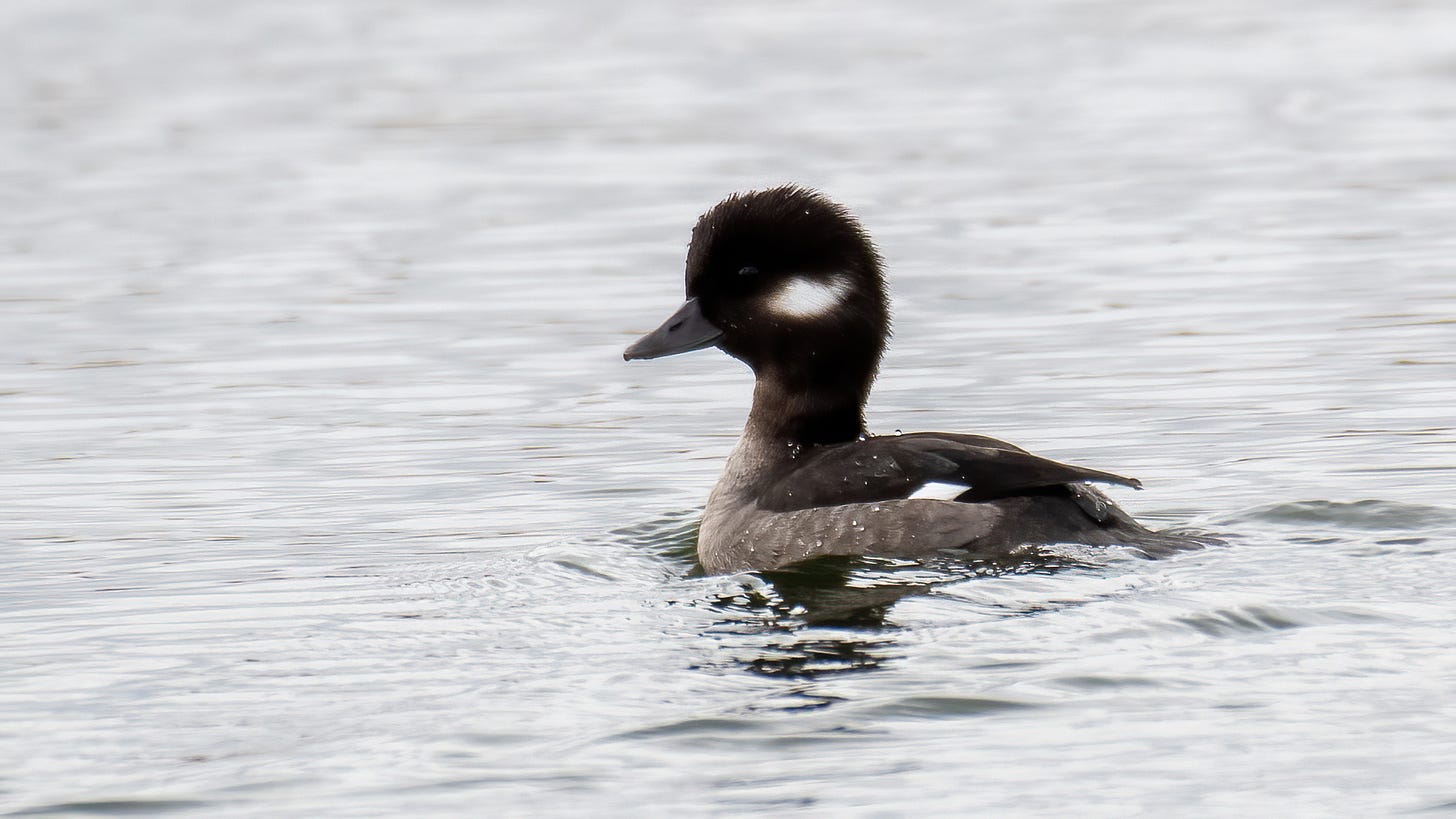
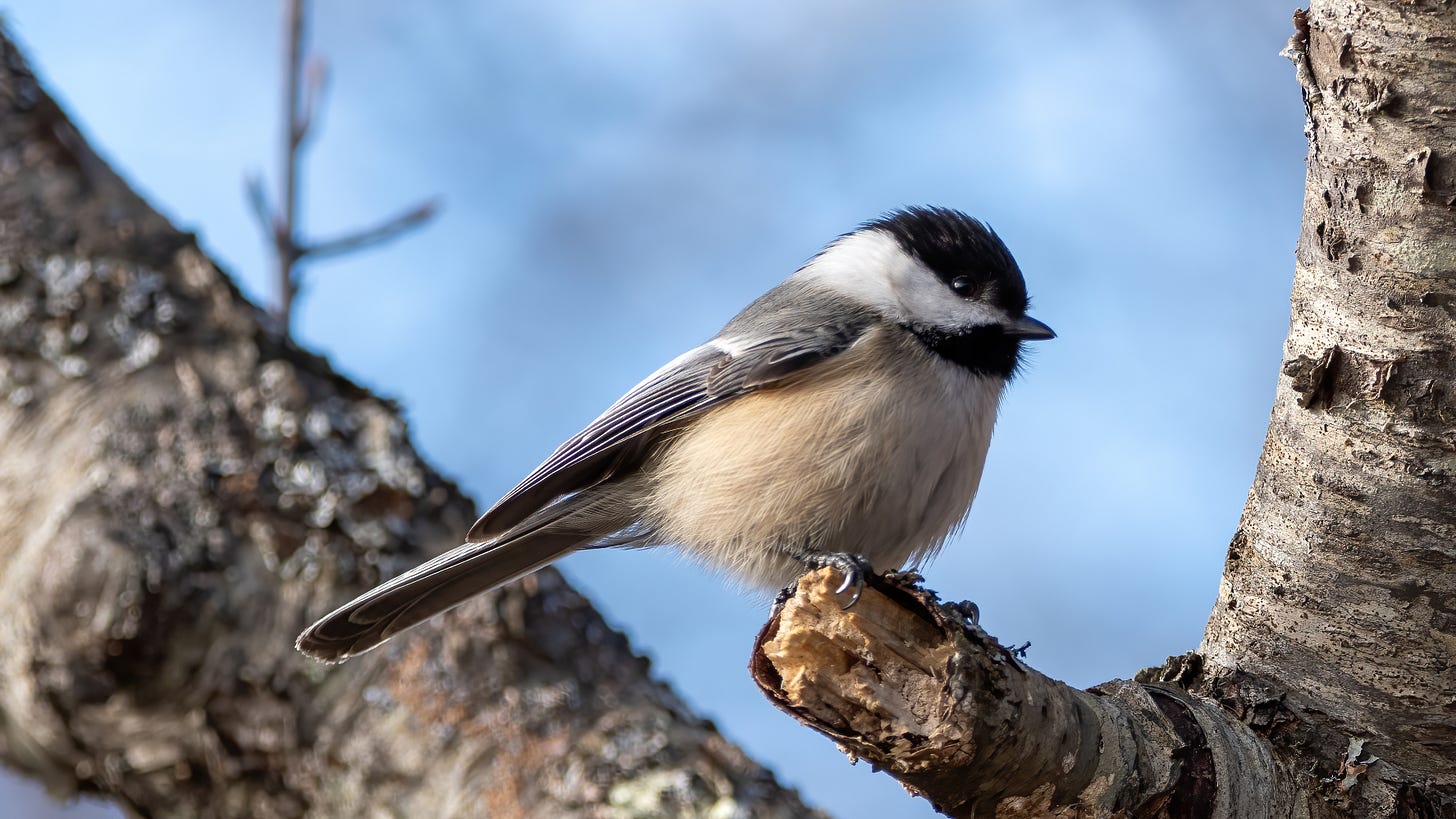
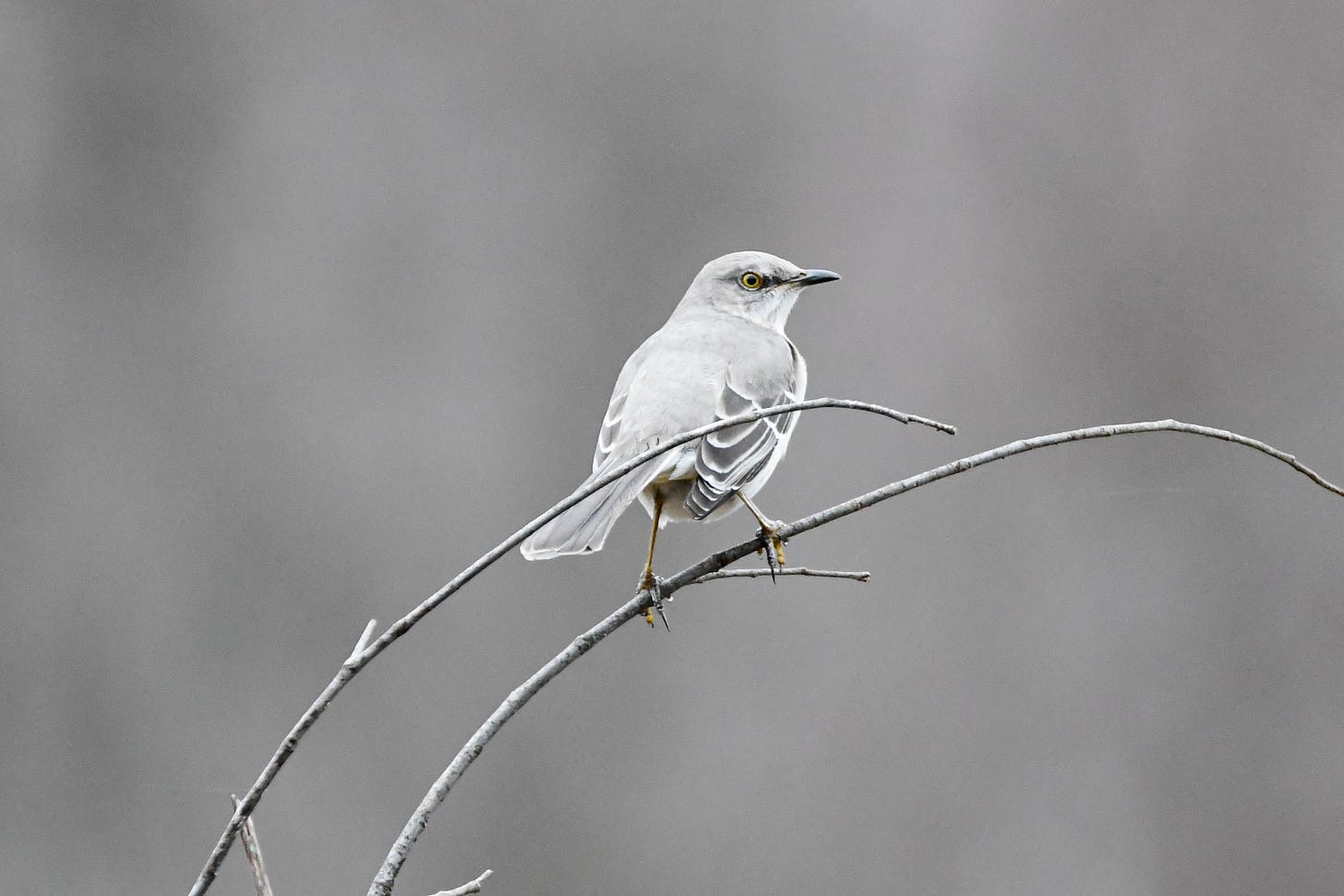


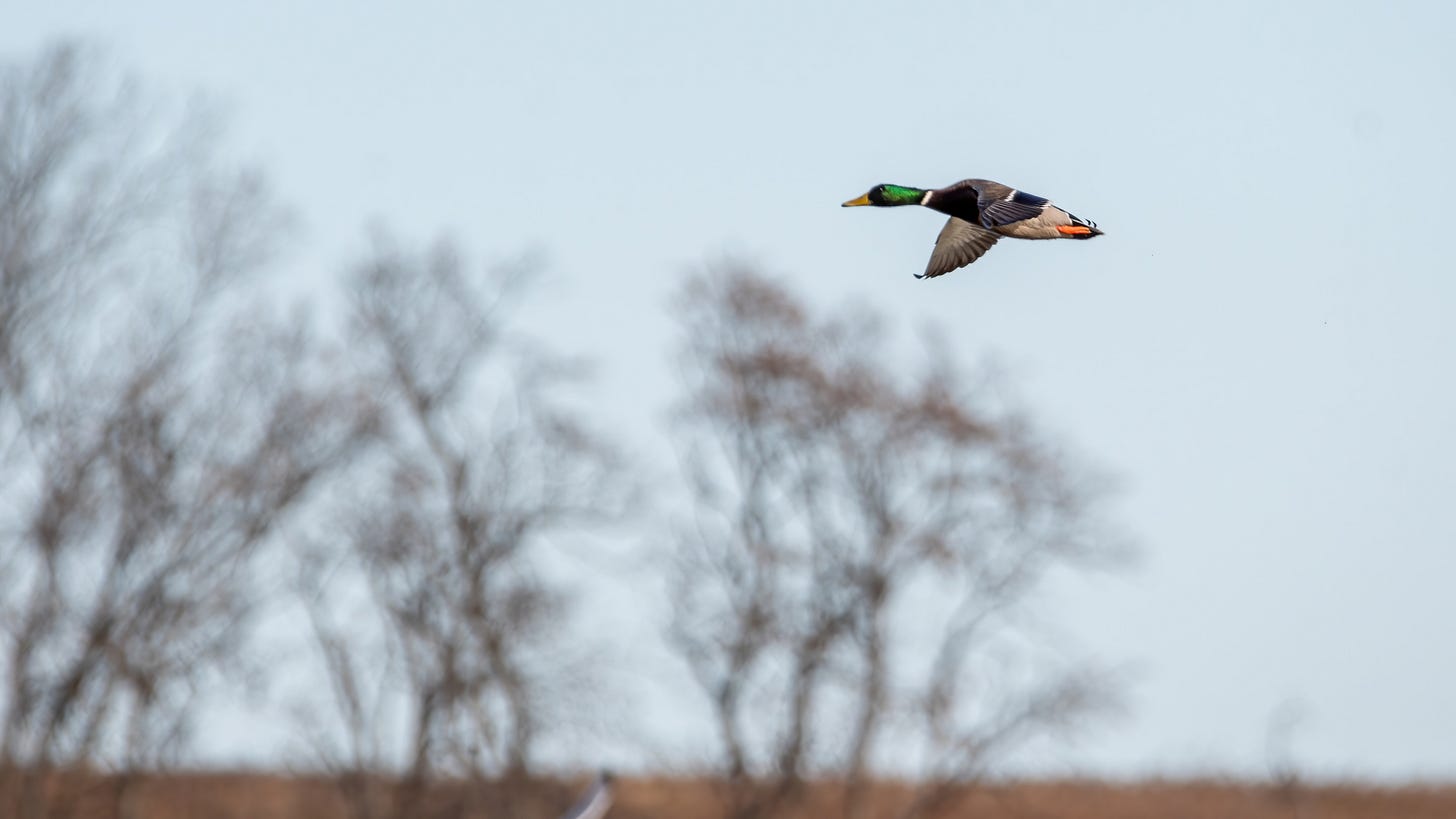



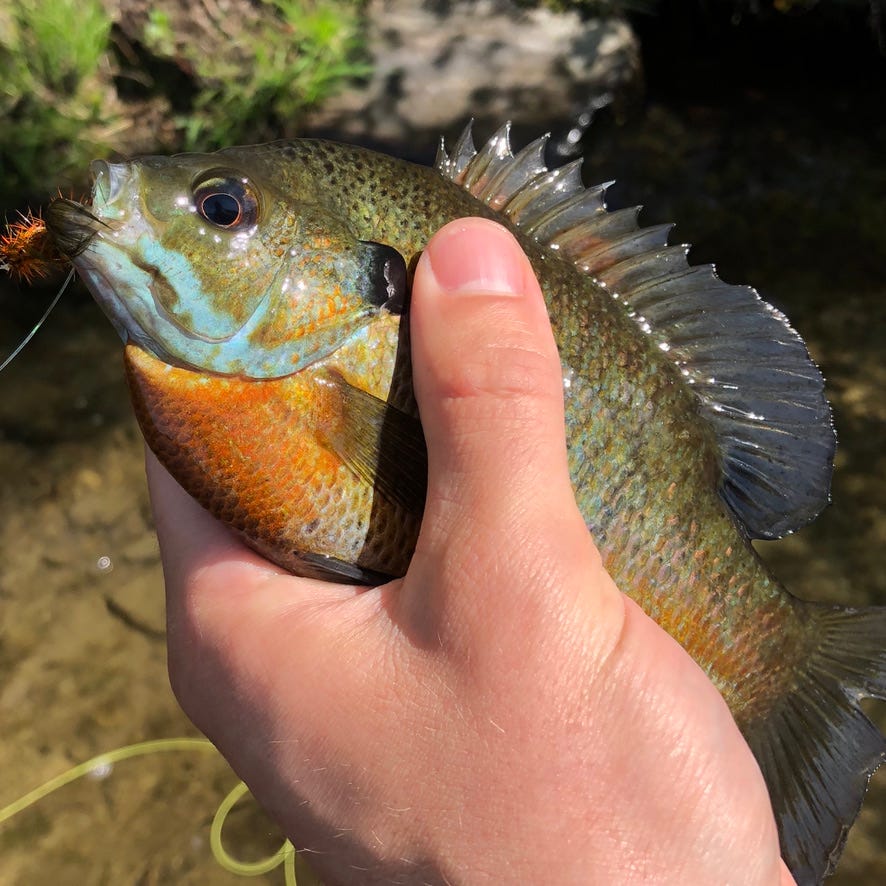



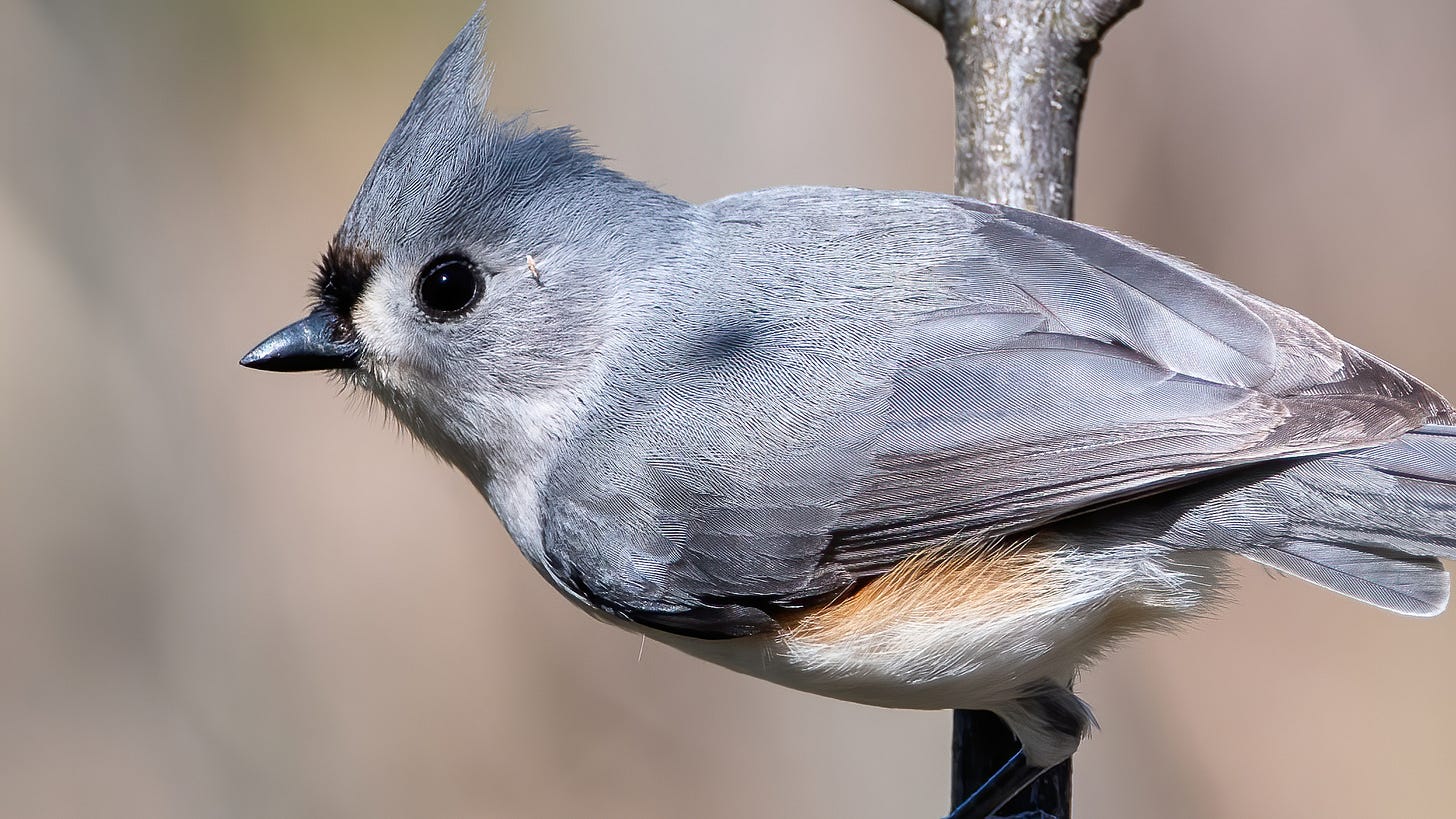







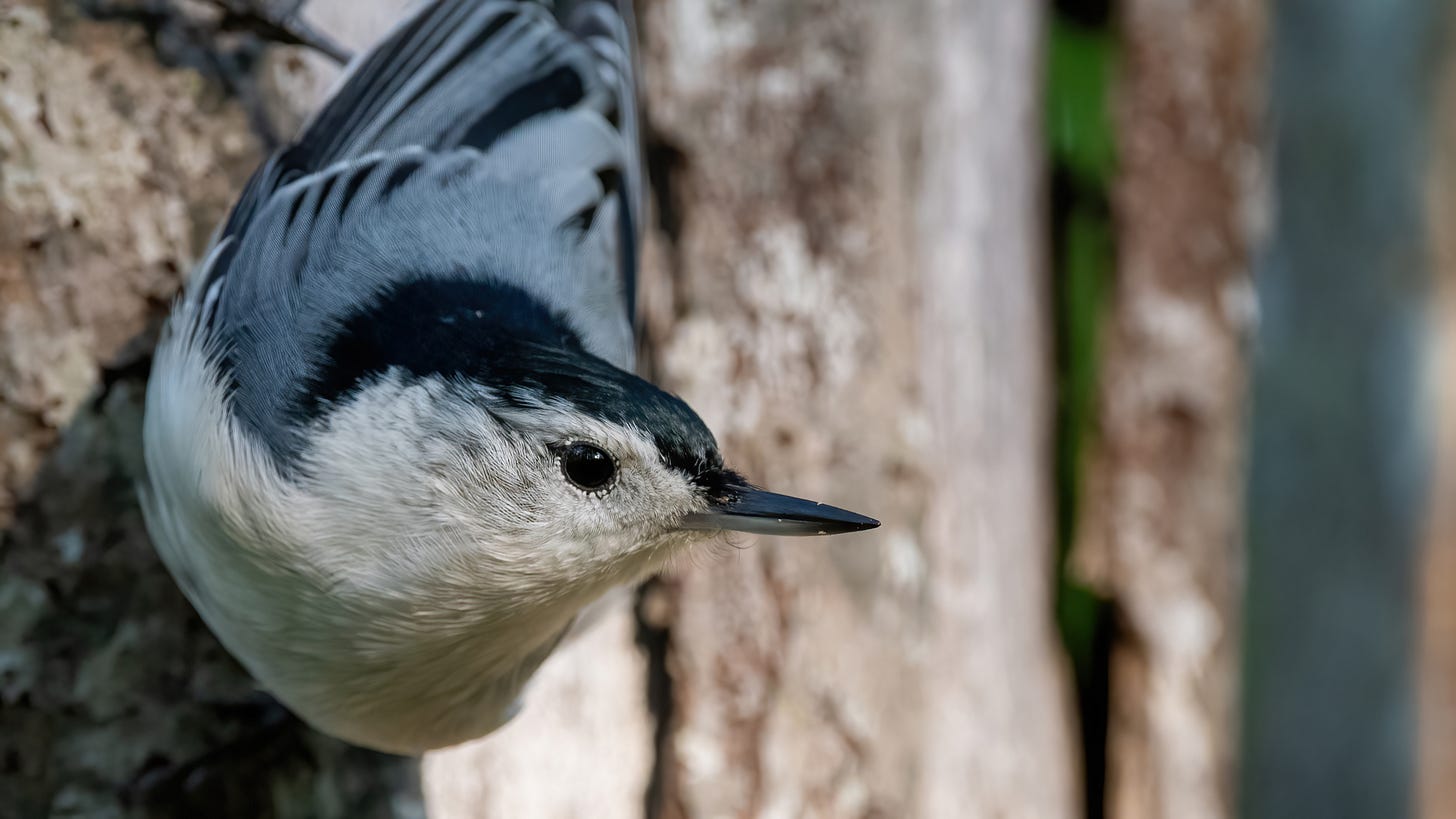
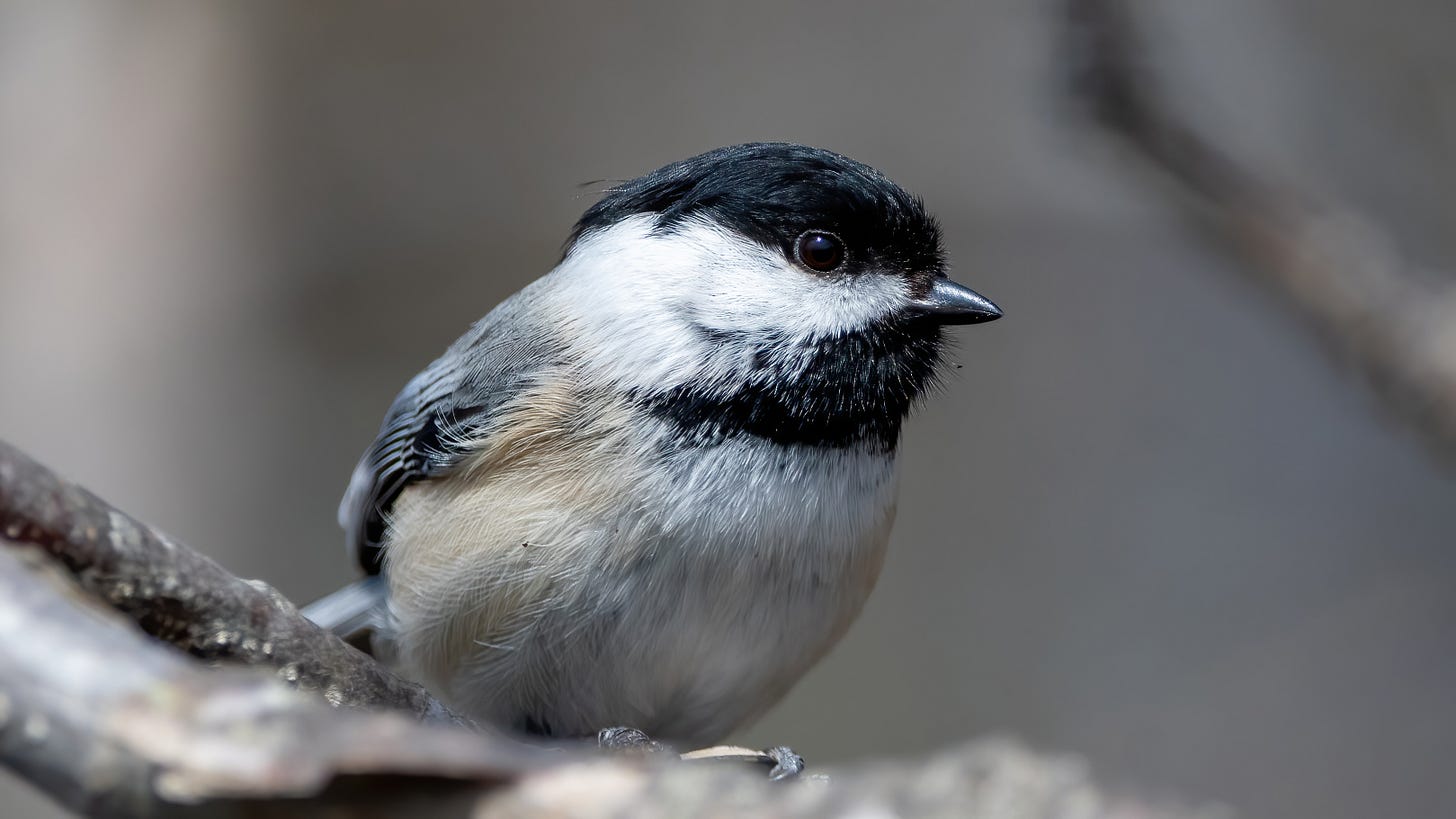
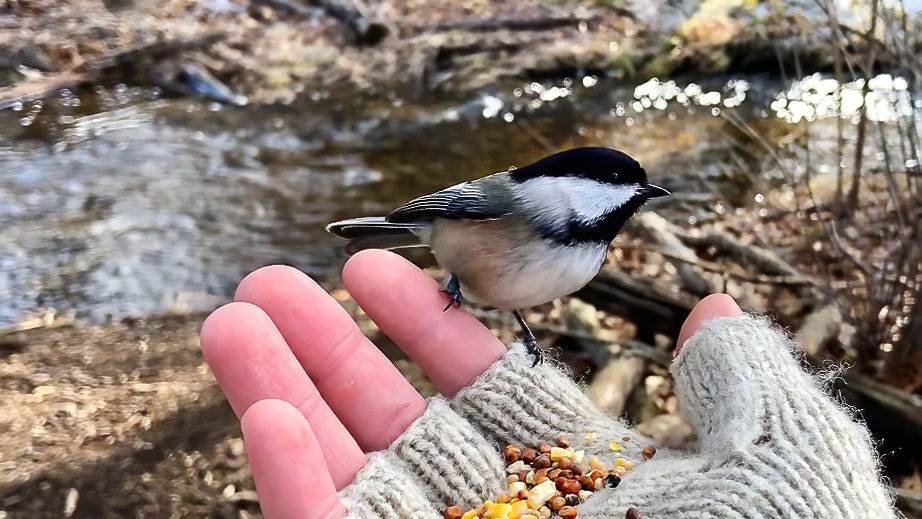


very lovely essay and photos.
"abundant but precious" -- This is how I feel about many common & accessible plants, like Dandelion, Common Mallow, and Plantain (the path-loving weed in the genus Plantago, not the tropical fruit).
I've also noticed this tendency you describe:
"Immortalizing a moment is often an impediment to observation. One becomes more caught up with ensuring future reproduction of the moment than experiencing it."
A Ukrainian family lived with us for a while. They were excited by squirrels and chipmunks. It was fun to see our woods through their eyes.